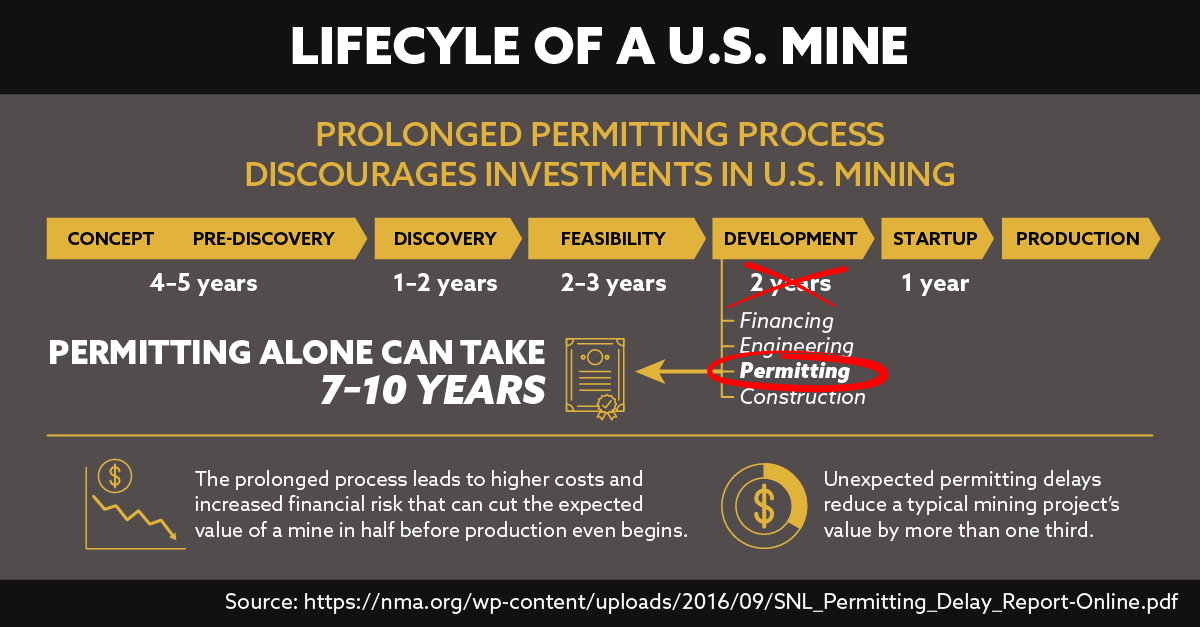December 10, 2025
A Landmark Year for American Minerals Security
A Landmark Year for American Minerals Security ...
Read More ›
Whether it’s modernizing infrastructure, reshoring industry and critical supply chains, creating high-paying jobs, or pivoting to electric vehicles (EVs), U.S. mining is essential to each one. Minerals like copper, nickel, lithium, gold and silver are the foundation of the Biden administration’s climate goals and economic agenda. The U.S. cannot have one without the other.
According to the International Energy Agency (IEA), the world is at a crossroads. Demand for battery metals like copper, nickel and cobalt will soon exceed global supply, creating a serious challenge for achieving the future energy transition necessary to meet climate goals. Additionally, mineral production and processing are largely controlled by a handful of countries, some of them geopolitical rivals, creating supply chain chokepoints and vulnerabilities.
While America needs to work with its allies to secure its mineral supply chains, it is vital that we develop a comprehensive minerals strategy that encourages mining here at home, developing our vast resources under world-leading environmental, safety and labor standards.
A secure, responsible mineral supply chain will help keep commodity prices from becoming impediments to the deployment of advanced energy technologies and support U.S. jobs, often in areas where other opportunities are in short supply.
To achieve this, policymakers must streamline the mine permitting process, which on average takes seven to 10 years to secure a mine permit in the U.S., compared to the two years it takes in Canada and Australia, which have similarly high environmental standards.. By increasing coordination and reducing duplication between federal and state agencies, setting and adhering to schedules for permit reviews, and transparently tracking progress to provide accountability, the U.S. can become competitive again and ensure domestic production can keep up with soaring demand.
From development through reclamation, a major mining project on federal lands can involve 30 or more federal, state and local regulatory programs, and often trigger an Environmental Impact Statement (EIS) under the National Environmental Policy Act (NEPA). The average length of an EIS is approximately 3.4 years but EIS-related permits can take anywhere from 18 months to eight years to complete.

The IEA made clear the energy transition rests on a foundation provided by access to essential minerals and you can’t get there without U.S. mining. Relying solely on imported minerals isn’t a long term strategy nor is it one that helps American workers build back better
Learn more about the realities of how permitting delays impact America’s progress.